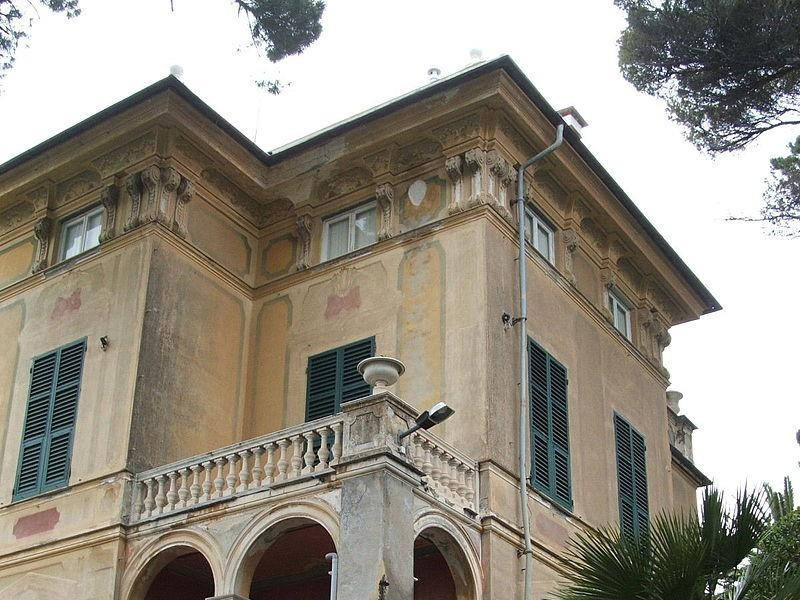Villa Luxoro
The Luxoro Museum is a home-museum designed from the outset as valuable container for art collections acquired in the second half of the nineteenth century by the Luxoro, a Genoese family of passionate art collectors. They were responsible for the acquisition of approximately 2.500 works from the museum's holdings, consisting of paintings, drawings, prints, books, watches, metalwork, ceramics, textiles, furniture and wooden furniture and statues of the nativity scene. The collection of antique clocks is one of the most important among those preserved in the Italian public museums. Are of great value, for example, some rare night watches, among which the monumental models created by the Roman manufacture of Campani in the second half of the seventeenth century, enriched by exhibitions copper painted with allegorical scenes, inlaid with semi-precious stones, shell and wood rare, special cast bronze and gold. Among the paintings include three paintings by Alessandro Magnasco, along with a large collection of portraits mainly eighteenth century. The ceramics collection includes an important collection of pottery production in Liguria and a group of Chinese porcelain of the eighteenth century. In addition to precious eighteenth-century furniture that decorate the villa, very interesting is the collection of silver, much of it locally produced. Among the best-known factories of the Museum there is undoubtedly that of Nativity cribs, made up of hundreds of valuable pieces in carved wood, most of which can be traced back to eighteenth-century Ligurian factories. Shown in rotation as part of crib sets that are changed annually, these figures stand for the fineness of the carving and the splendor of the costumes worn, to which must be added the numerous fittings from silver, wood and other materials.

